We asked paddling retailers and brand leaders to sound off on everything from the perfect trade show to the global supply chain, and where the inventory rollercoaster went off the rails. Here’s what some of you had to say.
31 paddlesports industry leaders on what matters most right now
Many retailers have had a tough ride on the post-pandemic inventory rollercoaster. What strategies have you used to deal with—or even take advantage of—fluctuating supply and demand?
It seems that the same thing that was crucial during the pandemic is important now—that is staying agile and light on your feet. A banker once told me that booms usually go far bigger and last longer than anyone expects. The same is true during the bust.
— Ed Vater, Vater Solutions LLC., Osceola, Wisc.
There’s always something new and cool coming out, and that’s great for the customer. However, obsolescence of inventory is a reality, so give us some warning so we can sell the stuff we have before it’s discontinued or updated. This has become more of a problem now that manufacturers use social media to introduce ‘hot new products’ as a teaser, often even before they’re shipping them.
— Darren Bush, Rutabaga Paddlesports, Madison, Wisc.
Manage your production with facts vs. hopes and aspirations.
— Peter Hausin, Jackson Kayak, Sparta, Tenn.
Forecasting is absolutely critical. That, combined with open communication between retailers and manufacturers, is the way to navigate this together in a transparent and mutually beneficial fashion.
— Simon Coward, AQ Outdoors, Calgary, Alta.
Nothing in business is ever as good or as bad as it feels at any given moment, and that’s certainly true in our industry’s case. The only way out of a slump like this is creating more excitement around paddling. I’d like to explore how manufacturers could join in with retailers in stimulating demand through creative investment at the local level.
— John Williams, Pack and Paddle, Lafayette, La.
It’s going to take time to sort this one out. Keep it tight, keep having fun and hope some of the big boxes lose interest and decide to stick to Rubbermaid garbage cans.
— Aaron Pruzan, Rendezvous River Sports & Jackson Hole Kayak School, Jackson Hole, Wyo.
After 39 years in business, we’ve realized that every year is different, and there’s little percentage in analyzing data from past performance. Best is to keep being true to ourselves and treating our customers and staff like family.
— Bruce Hyer, Wabakimi Fishing and Canoeing Outfitters, Armstong, Ont.
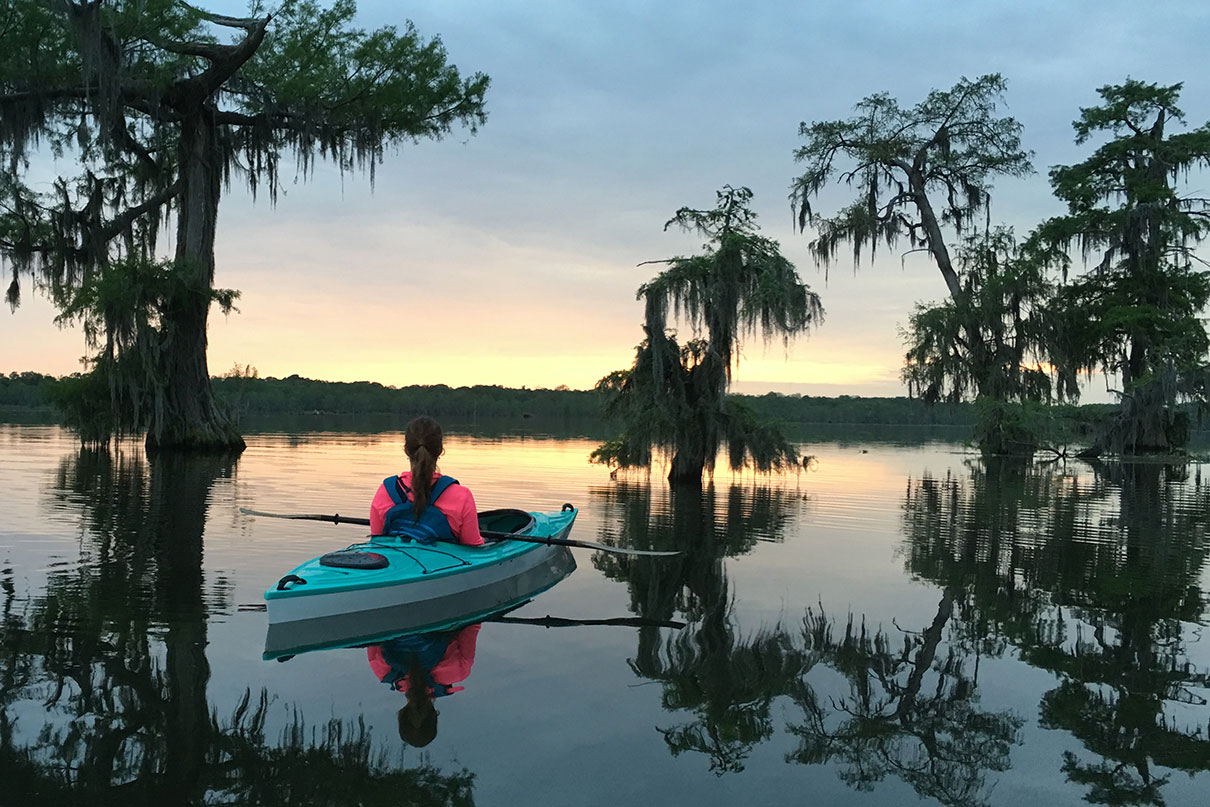
What has had a bigger effect on your business: inflation or the higher interest rates used to control it?
It’s well above my pay grade to say for certain, but right now we have too much stuff and too few customers. I didn’t study economics in college, but that’s usually not a winning formula.
— Mike Harvey, Badfish SUP, Salida, Colo.
The paddlesports industry needs to wake up and begin developing products for active older adults that are as high quality as the gear they have been using for years. If they’ve spent decades paddling a top-of-the-line sea kayak, they don’t want to paddle a bathtub sit-on-top just because they have bad hips or knees.
— Sue Bakkila, Woods and Waters, Hessel, Mich.
We’re taking advantage of stabilized construction costs, realizing future inflation will help pay off debt. Our diversification strategy includes lodging improvements, VIP riverside lodgings, and an attractive multi-events center to include a yoga dome, conferences, hot tub, bar and terraces. We’re taking the risk to distinguish the retreat, and remain sustainable within an inflationary market.
— David Hughes, Pucón Kayak Retreat, Pucón, Chile
Customers are more price sensitive. As a result, we have marked down prices on some items. There is not a lot of margin in paddlesports equipment so this impacts the bottom line. We have held steady on our outfitting pricing as we want to get people to embrace an active outdoor lifestyle and rentals, trips, and lessons play a big part in accomplishing this.
— Kevin Versino, Rocktown Adventures, Rockford, Ill.
Both. It’s an overall economy issue. People aren’t buying kayaks because their gas, groceries and other basic needs have gone up too much. The discretionary dollars are gone.
— Jeremy Dahl, Hi Tempo Snowsports-Watersports, White Bear Lake, Minn.
According to U.S. Coast Guard stats, 39 percent of fatal kayaking accidents involve paddlers with less than 10 hours experience. Why do you think beginners are so vulnerable, and what can the industry do to stop it?
It’s a constant battle to educate our guests about the proper kayak for open water. Everyone has kayaked in a recreational kayak (or wreck boat as we call them) from the hardware store, and anyone can move a kayak around on flat water. But with the increase in accidents and deaths reported this year it’s obvious we need to do better. Most people still don’t wear their PFDs, but we can change that: When I was a kid no one wore bike helmets; now everyone does.
— Greg Weiss, Lost Creek Adventures, Cornucopia, Wisc.
The recent surge in recreational activities underscores the need for accessible basic safety education for new paddlers.
— Dennis Vasey, Marsh Paddlers Inc., Naples, Fla.
Beginners are vulnerable because they don’t know what they don’t know. I think the industry—maybe the Paddlesports Trade Coalition—could collaborate with the American Canoe Association to create very simple online videos that give the basics of why and how to wear a PFD, how to self-rescue and how to decide when and where to go paddling.
— Anna Levesque, Mind, Body, Paddle, Asheville, N.C.
Increased participation since the pandemic has sadly come hand-in-hand with a surge in paddling incidents, including fatalities. While overall boating fatalities decreased in 2023, paddling fatalities actually increased. To reverse this trend, we encourage the industry to promote safety at every opportunity, be it sales, instruction or on the water.
— Jim Emmons, The Water Sports Foundation, Orlando, Fla.
Internet sales and Facebook marketplace make paddling more dangerous for beginners. Online buying has no relationship between the seller and buyer. Shopping in-person allows the seller to take five minutes to explain potential dangers for new paddlers.
— Kristen Stuller, Estero River Outfitters, Estero, Fla.
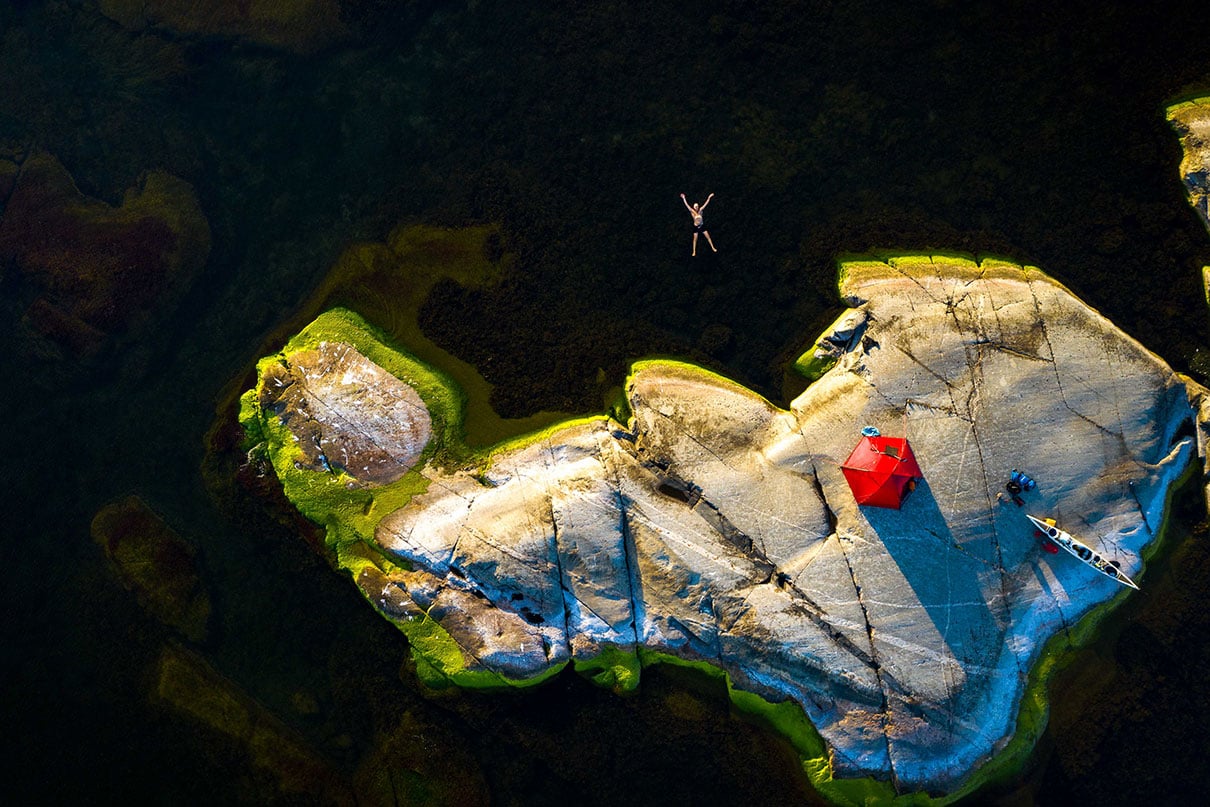
If starting from a blank slate, what would you like to see in a paddlesports industry event? Is the new PTC Colab event responsive to your needs?
It certainly could be. It feels like everyone is hopeful, but there’s definitely a wait-and-see vibe.
— Jeremy Dahl, Hi Tempo Snowsports-Watersports, White Bear Lake, Minn.
Paddlers are having a large and growing adverse effect on sustainability and environmental quality, including remoteness. As the founder of Wabakimi Wilderness Park, I am in a conflict of interest. More paddlers can mean more income for my business. It also is threatening the very values the park was created to protect. Catch 22.
— Bruce Hyer, Wabakimi Fishing and Canoeing Outfitters, Armstong, Ont.
I would like to see one event where retailers and manufacturers can get together. This would ideally be held as a more informal venue than a trade show where people could try products and interact, since convention centers cost a bunch of money for nothing.
— Marc Pelland, Kayak Distribution/Riot Kayaks, Montreal, Quebec
As one of the founding members, we align closely with the PTC’s mission for our industry. We are not only happy to attend, but feel an obligation to collaborate, innovate and progress the world of paddlesports alongside others in the industry. The PTC Colab gives us all an opportunity to do just that.
— Jordan Jones, Director of Plant Operations, Kokatat, Arcata, Calif.
As a PTC board member I’ve had the opportunity to put a stamp on the event, and I’m happy Colab will include industry panel discussions and education. We need a trade association event that not only gives us a chance to see new product and celebrate together but also to come together, learn from one another, and vision a future. I believe Colab will do that.
— Brian Vincent, Appomattox River Co., Farmville, Va.
Our industry is full of experienced, capable leaders who see challenges and opportunities from different perspectives. It feels like the most valuable thing we can do is build relationships and share thoughts with those outside the handful of folks we typically go to. If this is true, the best activities involve mixing people and getting us outside our comfort zone to see new perspectives and cement and leverage new relationships.
We don’t talk enough in the industry about what we can do to raise wages for professional guides and instructors. It’s time to stop using the excuse that it’s fun so you shouldn’t need or want to get paid. This keeps great folks from having long-term opportunities in our industry and keeps folks from diverse backgrounds from working in the industry, among other things.
— Anna Levesque, Mind, Body, Paddle, Asheville, N.C.
— Ed Vater, Vater Solutions LLC., Osceola, Wisc.
Are you or your staff actively learning about search engine optimization, artificial intelligence and other tech to improve online sales?
Guided day trips account for about 75 percent of our business, so we don’t focus on online sales. However, we do work with a company that manages online ads for all aspects of our business. With MAP pricing prevalent with many of the brands we carry, we really just need potential customers to find us based on geographic location and having us pop up when they are searching is the avenue we’ve decided to invest in.
— Sue Bakkila, Woods and Waters, Hessel, Mich.
We do work with the internet but ultimately the best sales come from shoppers who take the time to come into the store, learn and do trial paddles before buying. Internet sales could ruin ‘paddling being fun’ for customers who buy the wrong paddlecraft.
— Kristen Stuller, Estero River Outfitters, Estero, Fla.
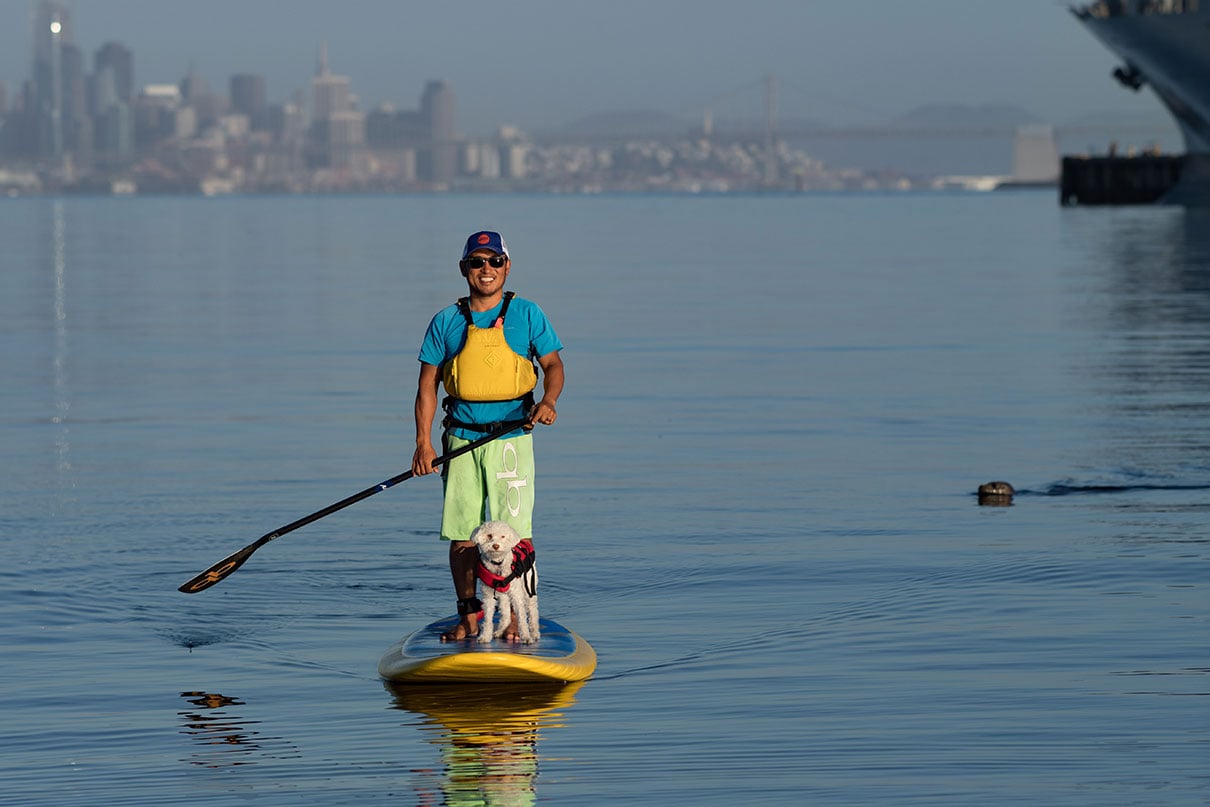
With more paddlers than ever getting their start with box-store kayaks and paddleboards, what can specialty stores do to convert those customers?
The real problem is that the box store customers don’t get good service, so they end up buying the wrong product (for them), then they have a bad experience and leave the sport. It also trains the consumer to shop based on price rather than the best options for their needs. In some areas, this will put specialty stores out of business, which exacerbates the problem. It’s a bad deal.
Vendors making a buck selling cheap landfill products are always a thorn in the side of paddlesports because they lower the price expectations and create miserable paddling experiences for their users. If a specialty store sells the same junk as the local box store they are part of the problem by validating those products to the customer.
— Brian DeFouw, Confluence Kayaks and Ski, Denver, Colo.
— Jeremy Dahl, Hi Tempo Snowsports-Watersports, White Bear Lake, Minn.
We’re seeing plenty of social media posts from folks in $300 kayaks who are having fun, so it makes no sense to tell them they’re doing it wrong. We’re going to have to make a compelling case that they’ll have even more fun in something that’s sleeker, cooler and better.
— Matt O’Brien, Offshore Chicago, Chicago, Ill.
People are in essence making impulse buys without understanding the sport they are leaping into for less than $800. We discuss the value of instruction, but value-conscious customers often don’t understand why it’s important when paddling, on the surface, seems so simple.
— Sue Bakkila, Woods and Waters, Hessel, Mich.
We’re focusing on building a community through instructor training and offering basic skills courses. This equips them with safety knowledge and fosters a sense of belonging that keeps them coming back for more.
— Dennis Vasey, Marsh Paddlers Inc., Naples, Fla.
We offer regular and convenient demos to show paddlers what the extra money buys them.
The successful brands in this industry are the ones that have real paddlers at the forefront. If you wake up every morning and you’re excited about what you’re doing, you’ll be successful. It’s not a hard formula.
— Stig Larsson, Level Six, Ottawa, Ont.
— Simon Coward, AQ Outdoors, Calgary, Alta.
Is the global supply chain finally back on track?
In many ways yes. Working with factories overseas is much easier now than it was during the height of the pandemic. The volume of trade has dropped significantly which is probably the number one factor in why the supply chain has stabilized.
— Mike Harvey, Badfish SUP, Salida, Colo.
Yes and no. We don’t think the global supply chain will go back to what it was prior to 2020, but we have begun to see much more transparent communication and reliable lead times, even if those lead times are longer than they were pre-pandemic.
— Jordan Jones, Director of Plant Operations, Kokatat, Arcata, Calif.
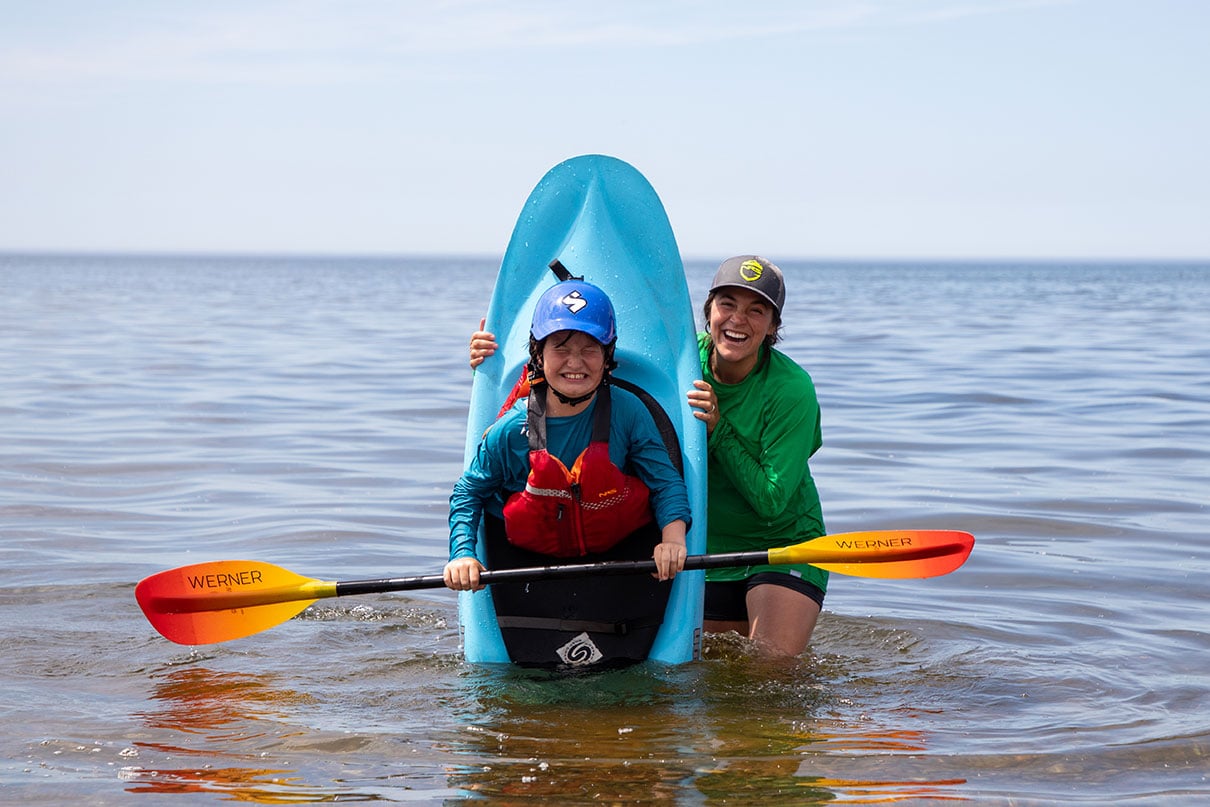
We’re concerned by the stasis shown by so many brands in the industry. What’s driving sales for us this year are the fishing brands, where new and improved is a mantra that keeps buyers hungry. If a brand’s lineup today is largely the same as it was in 2010, they’re not doing anything to drive sales at the retail level. Those brands need to get in the game; retailers can’t do the heavy lifting for them.
— Matt O’Brien, Offshore Chicago, Chicago, Ill.
Can paddlesports thrive without classes or clubs that lower the barriers to entry?
The barrier to entry due to expense, perceived (and real) risk, and knowledge is too great for most people to access the sport alone. Community, clubs and education are, in my opinion, the only sustainable way forward.
— Simon Coward, AQ Outdoors, Calgary, Alta.
Paddlesports is, at its heart, a business that demands personal attention. We’ve taught lessons and guided trips for youth through to seniors for almost four decades, and whatever we did always seemed to be well-received.
— Bruce Hyer, Wabakimi Fishing and Canoeing Outfitters, Armstong, Ont.
Without classes and clubs, paddlesports will not thrive.
— Brian DeFouw, Confluence Kayaks and Ski, Denver, Colo. PB
Paddlesports gear designer Ryan Lightfoot enjoys a contemplative moment on the Colorado River. | Feature photo: Nate Herbeck


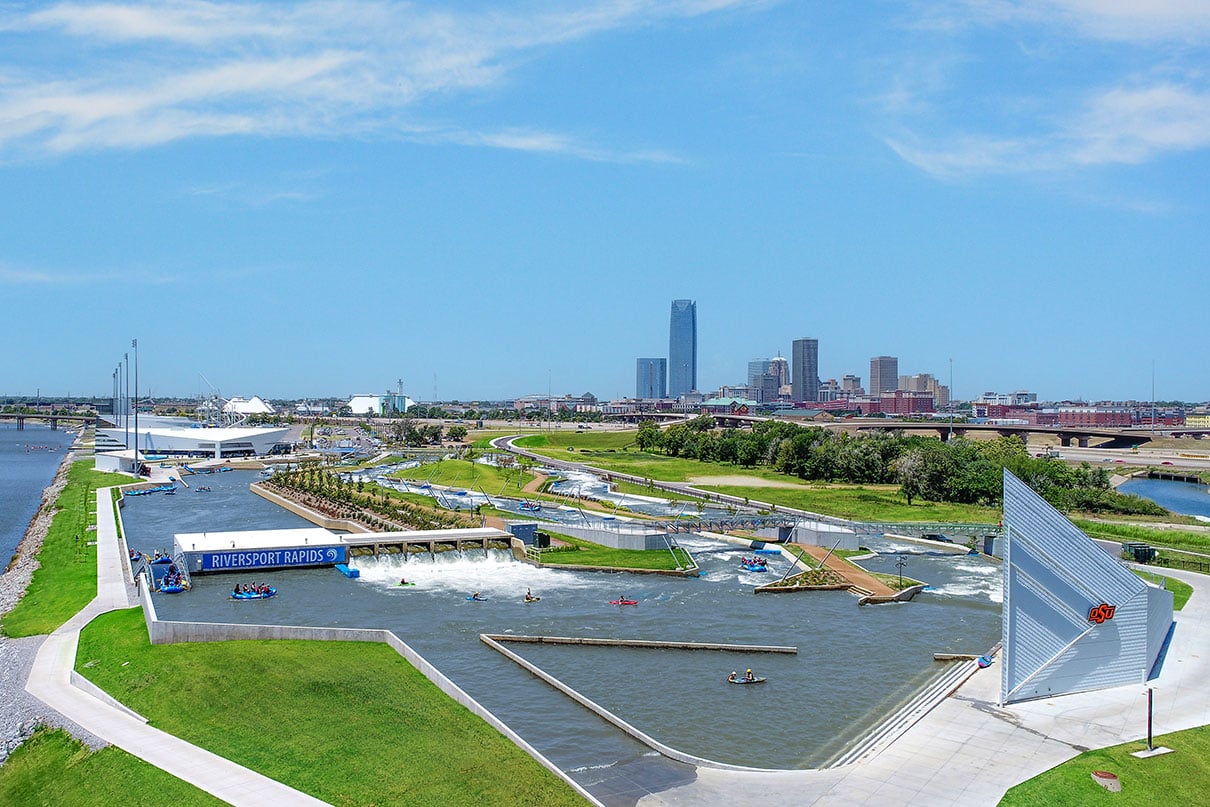


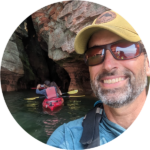
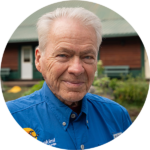
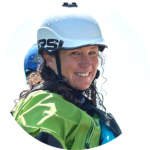
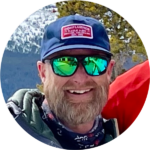


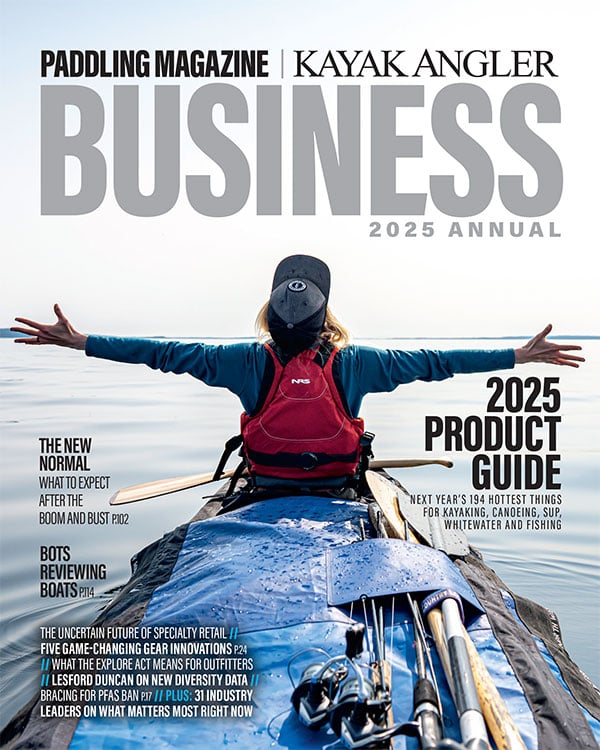 This article was first published in the 2024 issue of Paddling Business.
This article was first published in the 2024 issue of Paddling Business. 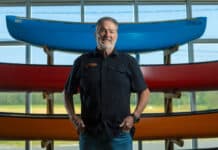
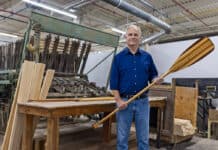
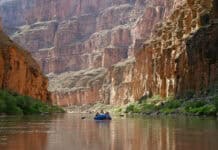
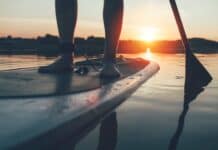



The industry has priced itself out of existence. And forgotten about innovation. Just look at Hobie and how the VC owners killed the number 1 brand…